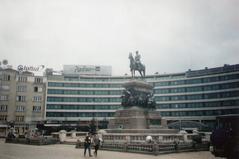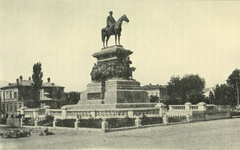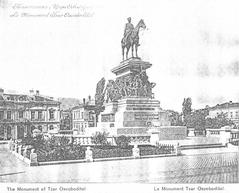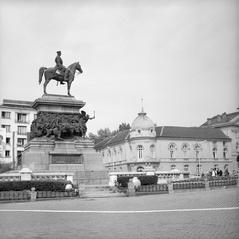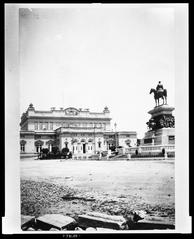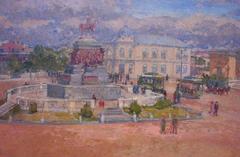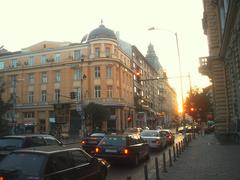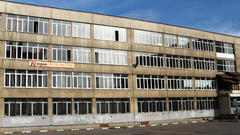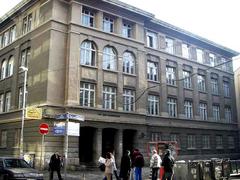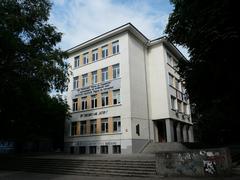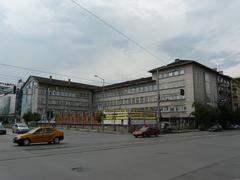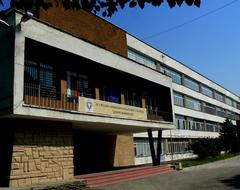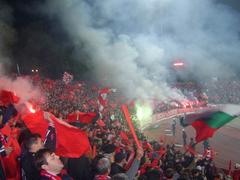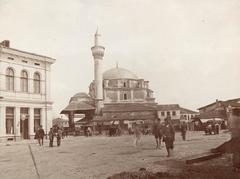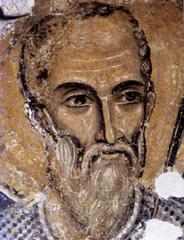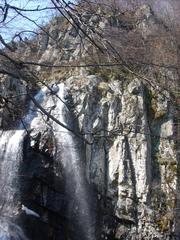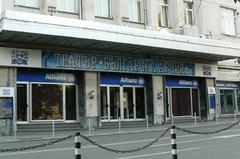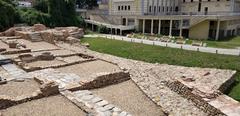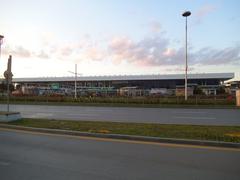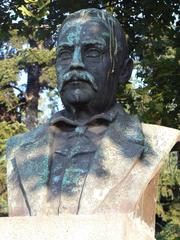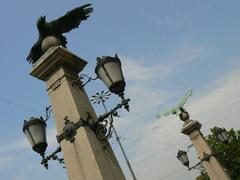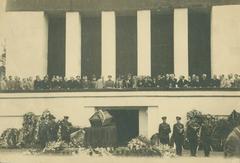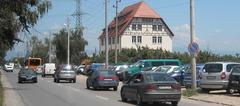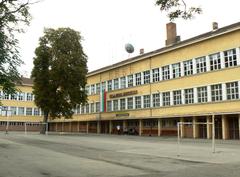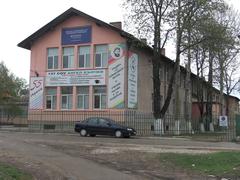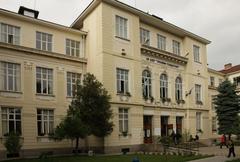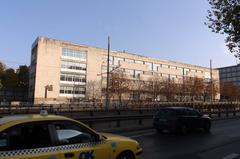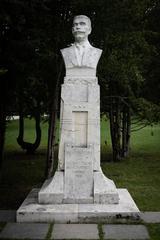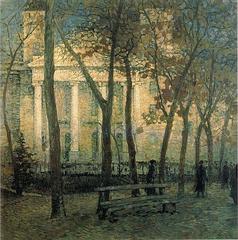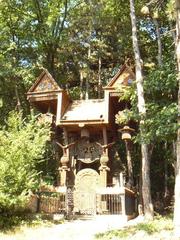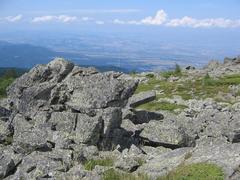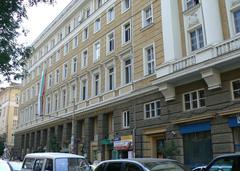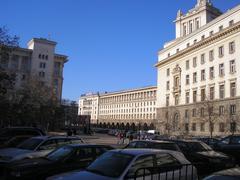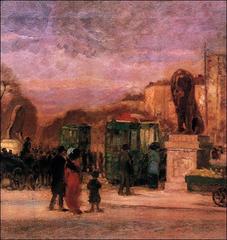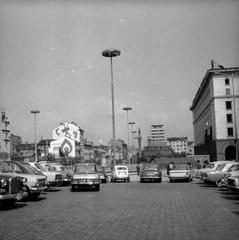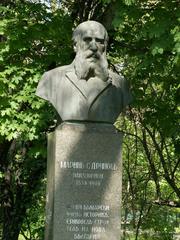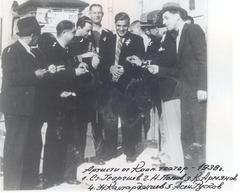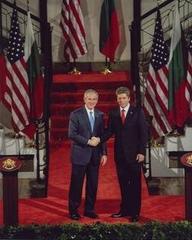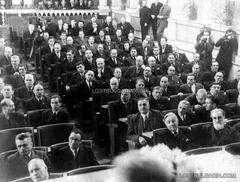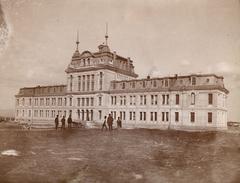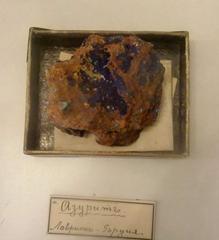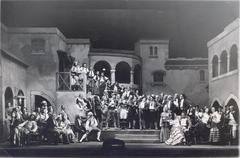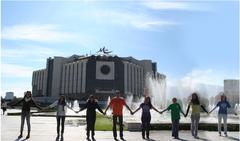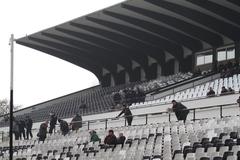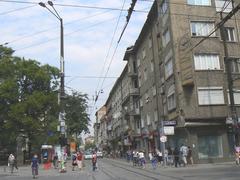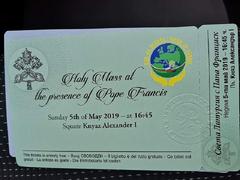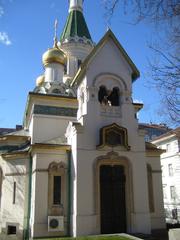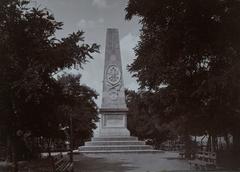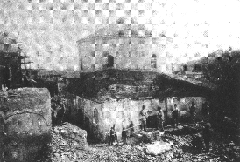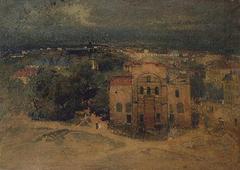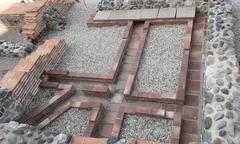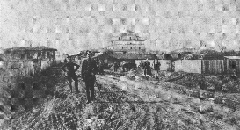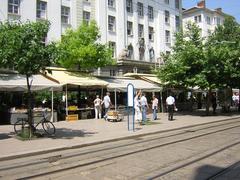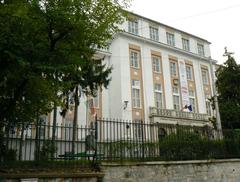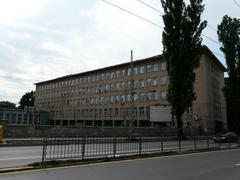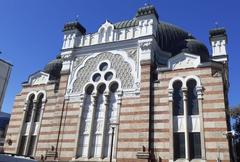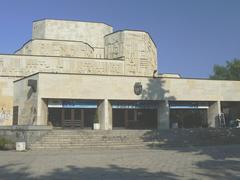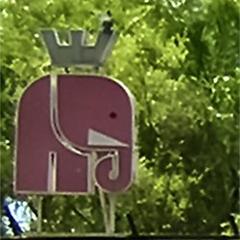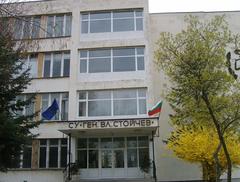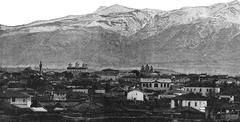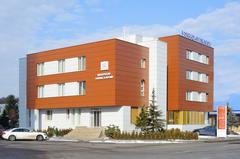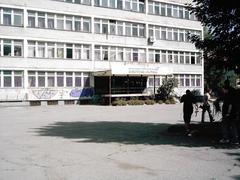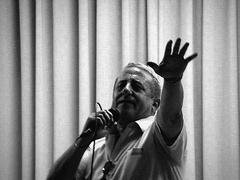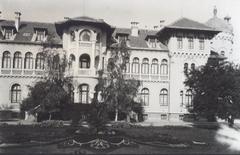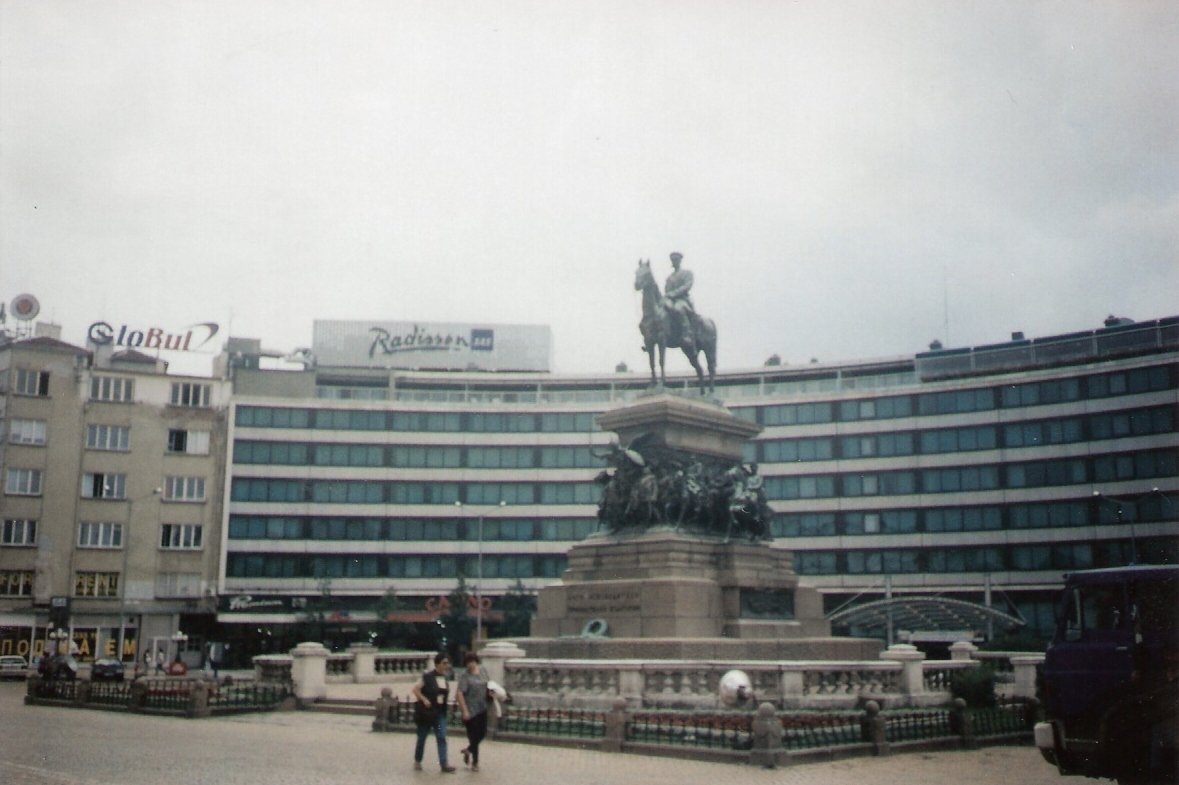
Comprehensive Guide to Цар Освободител in Sofia, Bulgaria
Date: 18/07/2024
Introduction
Table of Contents
- Introduction
- Historical Background and Significance
- Architectural Style and Design
- Visitor Information
- Travel Tips
- Special Events and Guided Tours
- Conclusion
- FAQ
- References
Historical Background and Significance
The Monument to the Tsar Liberator, often referred to as the Tsar Liberator Monument, is a prominent landmark in Sofia, Bulgaria, and a potent symbol of the country’s liberation from Ottoman rule. The monument specifically commemorates the pivotal role of Russian Emperor Alexander II, known as the “Tsar Liberator,” who played a crucial part in Bulgaria’s fight for freedom during the Russo-Turkish War. The statue, which features the emperor on horseback, stands as a testament to the enduring friendship between Bulgaria and Russia.
Architectural Style and Design
The Tsar Liberator Monument is a majestic example of Neoclassical architecture, a style inspired by the classical art and architecture of ancient Greece and Rome. Designed by Italian sculptor Arnoldo Zocchi and Bulgarian architect Nikola Lazarov, the monument features a towering height, multi-tiered structure, and intricate sculptural details.
Monument Structure
The monument’s structure is divided into three distinct tiers:
- Base: Constructed from granite blocks, the base features bronze reliefs depicting scenes from the Russo-Turkish War, vividly portraying the struggles and triumphs of Bulgarian and Russian soldiers.
- Column: Atop the base rises a tall, slender column crafted from polished granite, symbolizing the strength and resilience of the Bulgarian nation.
- Equestrian Statue: Crowning the column is the magnificent bronze equestrian statue of Tsar Alexander II, depicted in full military regalia on a rearing steed.
Sculptural Details
The monument is adorned with intricate sculptural details:
- Lion Figures: Four bronze lion figures, symbols of courage and strength, guard the base of the monument.
- Female Figures: At the foot of the column, two female figures represent Russia and Bulgaria, united in their fight for freedom.
- Bronze Wreath: A large bronze wreath adorns the front of the monument’s base, symbolizing victory and glory.
Visitor Information
Opening Hours
The monument is accessible to the public 24/7. However, guided tours and specific events might have designated times.
Tickets
Visiting the monument is free of charge. For guided tours, check the official website or local tour providers for pricing and availability.
Location
The monument is located in the heart of Sofia, near the National Assembly.
Travel Tips
Best Time to Visit
- Spring (April-May) and Autumn (September-October): These shoulder seasons offer pleasant weather with fewer crowds.
- Summer (June-August): Warm weather, ideal for outdoor settings but expect larger crowds.
- Winter (November-March): Cold and potentially snowy, offering a tranquil experience with fewer tourists.
Nearby Attractions
- Alexander Nevsky Cathedral: A stunning architectural marvel and one of the largest Eastern Orthodox cathedrals in the world.
- National Assembly of Bulgaria: The seat of Bulgaria’s parliament, located just steps away from the monument.
- Sofia University: Bulgaria’s oldest and most prestigious university, offering beautiful architecture and lush gardens.
Accessibility
The area around the monument is wheelchair accessible.
Photographic Spots
The monument is particularly photogenic during sunrise and sunset. Capture the surrounding buildings and park as well.
Special Events and Guided Tours
Check the official website or local tour providers for any special events or guided tours that might be available during your visit. These can offer a richer understanding of the monument’s history and significance.
Conclusion
The Tsar Liberator Monument is not just a historical landmark but a symbol of Bulgaria’s enduring spirit and rich cultural heritage. Whether you’re exploring Sofia for the first time or revisiting this remarkable city, be sure to include this monumental site in your itinerary. For more travel tips and updates, download our mobile app Audiala, and follow us on social media.
FAQ
Q: What are the visiting hours for the Tsar Liberator Monument? A: The monument is accessible to the public 24/7.
Q: Is there an entrance fee? A: Visiting the monument is free of charge.
Q: What are some nearby attractions? A: Nearby attractions include Alexander Nevsky Cathedral, the National Assembly, and Sofia University.
Q: Is the area wheelchair accessible? A: Yes, the area around the monument is wheelchair accessible.
